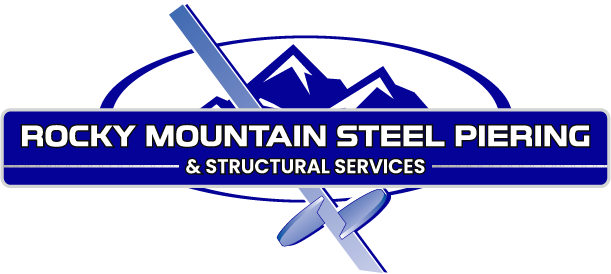Ready to start your construction project?
Schedule a consultation with us today to discuss your needs and get started

- 9961 Titan Park Cir, Littleton, CO 80125, United States
- +1 303-471-1155
- [email protected]
- +1 800-660-5877
Useful Links
Contact Form
Copyright©2024 rmssco.com – By Martek Cloud